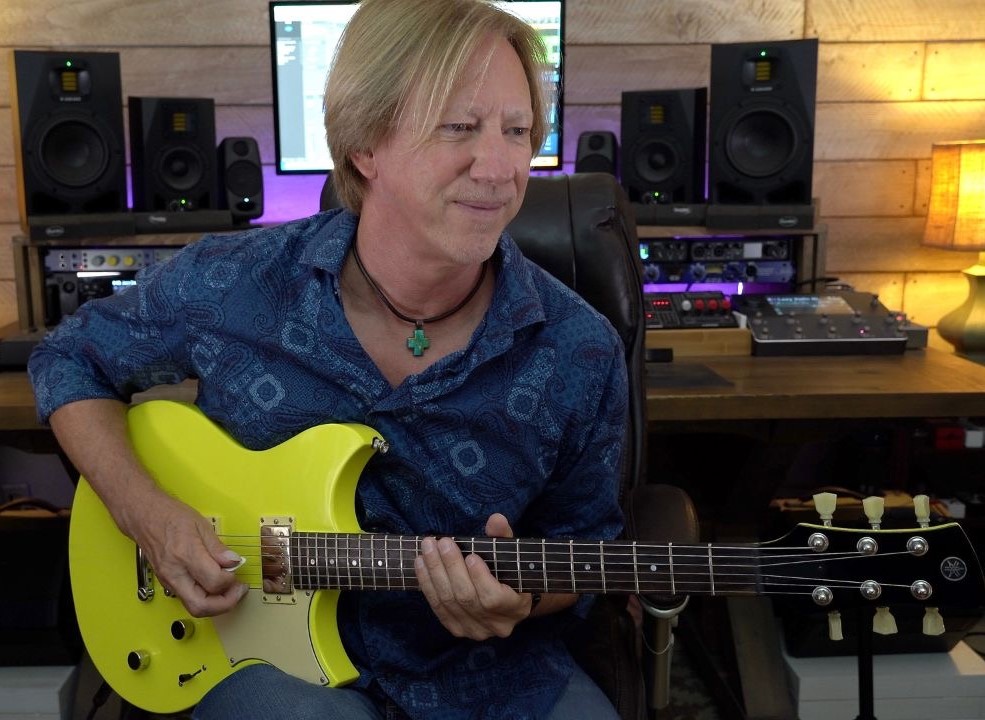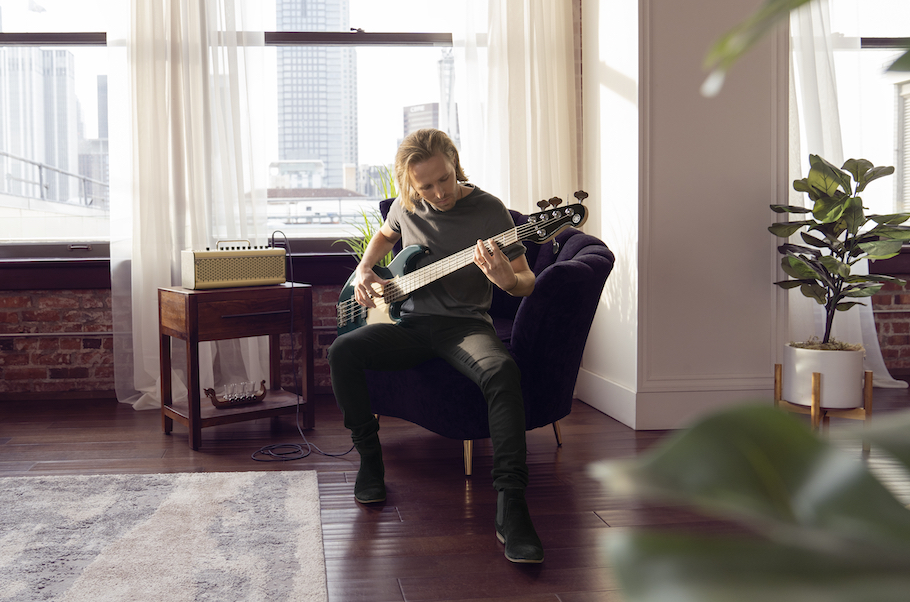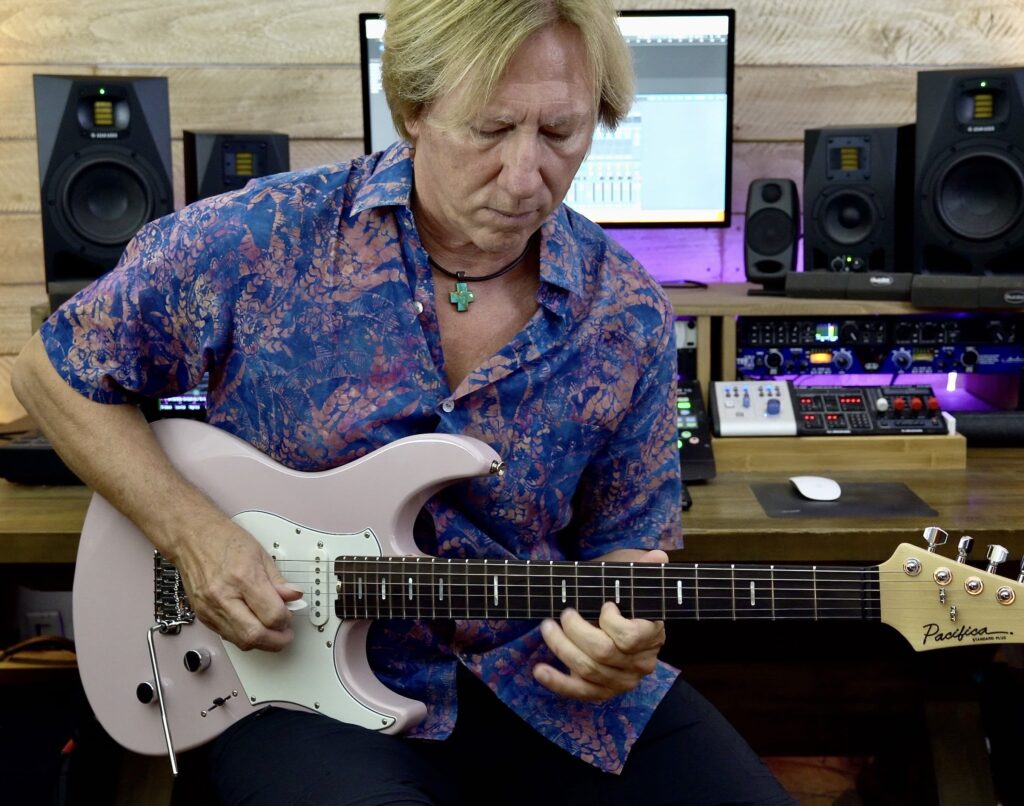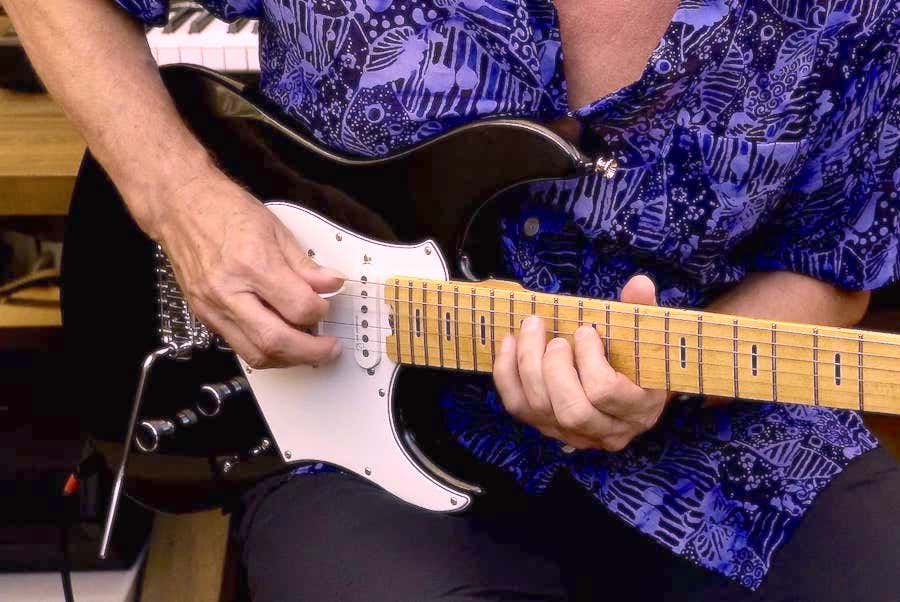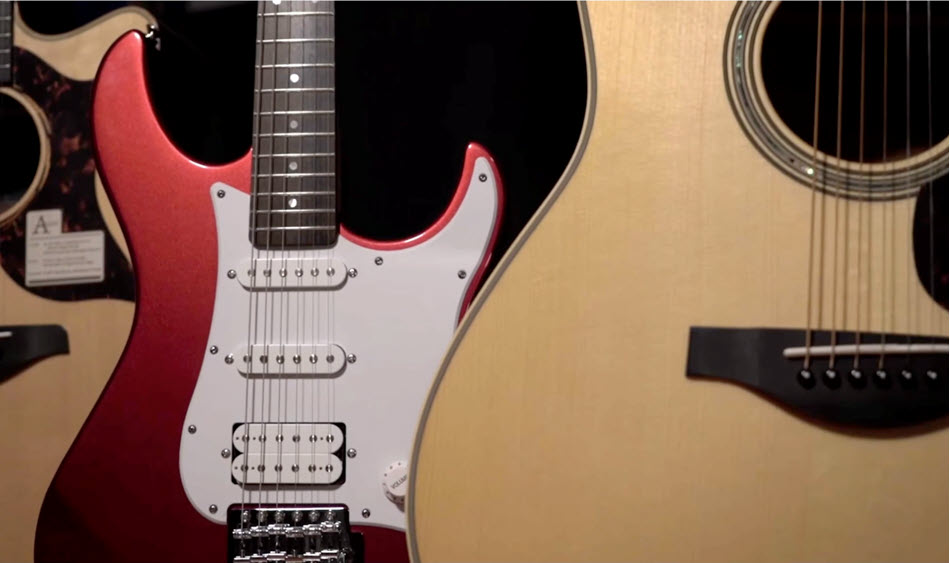Dialing In Your Live Sound
Critical listening and experience can prepare you for a successful show.
An evening walk is a great way for me to unwind from the day, stretch my body and enjoy the scent of the local Hawaiian flora as the sun sets across the ocean. But I also use this time to clear my mind and pay attention to the details around me. One of the things I’ve been doing for a while now is to sit quietly and listen intently to the sounds I hear, both in my immediate surroundings and far into the distance. I make a mental note of each sound and where in the audio field I hear it.
I’ve found that taking a few moments each day to listen to my natural environment helps me become a better audio engineer. I hear sonic details with far more clarity because I’ve trained my mind and ears to really discern the pitch, rhythm, harmony and melody resonating from my studio speakers.
Years of live performance in a variety of venues has also given me a broad spectrum of experience setting up my guitar and vocal tones, as well as how to orient and “dial in” the public address (PA) system.
Anyone who performs live knows that there are many sonic variables to deal with that can have a huge impact on the success and enjoyment of your show — both personally for you, and for your audience. Let’s take a look at some of the factors to consider and talk about what you can do to increase or reduce their impact on your sound.
Room Ambience
Every venue will have its own ambient sound and its own set of challenges. Larger rooms will tend to have more reverberance and echo than smaller ones. Wooden floors and lots of large windows will increase those reflections too. Your goal should be to reduce the amount of reverb and delay in your sound to compensate for the “live-ness” of a room.
For example, if the room you’re playing in has a wooden, tiled or concrete floor, try to arrange to have a large rug to stand on during your performance. This will serve to reduce the amount of reflections in your immediate playing area.
If you’re fortunate enough to get in a soundcheck before showtime, understand that the reflected sound will probably reduce dramatically when the venue fills up with people, since all those bodies will effectively act as acoustic absorbers. If that happens, you may be able to increase both your overall volume and effects levels.
Proximity
If you set up your own sound system, pay attention to where you place your speakers. If they are on the floor or close to a wall, expect an increase in the bass response. If this is undesirable, place the speakers on stands, and if possible, move them away from the wall surfaces. The Yamaha DXR mkII line of speakers feature a D-Contour section that allows you to select whether each speaker is being used for front of house (FOH) or as a floor monitor; there’s also a separate switch to filter out low-end resonance.
Outdoor Atmospherics
A lot of my solo gigs have been residences at open-air venues. I’ve found that often the sonics varied from night to night, even though I would set up in the same spot. That’s because air pressure, humidity and wind direction all have a dramatic effect on your sound. In addition, after sunset, the temperature drops, which will cause your sound to change as well.
A light breeze from behind you can help carry your sound to the audience, while a breeze blowing towards you will allow you to hear more “you” — both positives. However, a strong wind coming sideways into your microphone can cause uncontrollable feedback!
I always use a foam windshield for my microphone, which helps somewhat. Even so, windy coastal locations can be a complete nightmare! In severe situations, I suggest turning down the overall volume, rolling off some high-end frequencies and reducing your reverb. Turning to have the wind facing you and staying in close proximity to the mic will also help.
If you use an acoustic guitar and looper, and the wind is blowing into the sound hole of your guitar, you may want to orient your instrument away from the wind or use a covering device called a “feedback buster.” My advice is to keep one of these in your guitar case at all times!
Monitoring
Onstage or in-ear monitors are great if you have them. If not, your only option is to reference your sound via what’s coming through the PA speakers. To avoid feedback, try to position yourself behind the speakers. If feedback still occurs, move your microphone backwards until it stops. (For more tips, see our blog articles on how to fight feedback.)
The integrated Yamaha STAGEPAS 1K mkII systems are excellent for self-monitoring since the line array of speakers disperses the sound horizontally at an exceptionally wide 170 degrees, with an extended vertical throw for both seated and standing audiences. I’ve used a pair of the STAGEPAS 1K towers in close proximity many times, and they were excellent for both stage and venue sound.
Sound Engineers
If you’re lucky (or, in some cases, unlucky) enough to play in a venue that provides a house engineer, there are a couple of tips I’d like to share with you. Some engineers are exceptionally nice and incredibly talented, and will know the room and how to get the best sound for you. My advice is to set up quickly and quietly, and give them exactly what they need, with no fuss. Make a friend of the engineer and he/she will do their best to accommodate your needs. Upset them and they have the power to destroy your show. (It’s said that every mixing console has a “Suck” button on it … don’t make them push it!)
Above all, don’t be afraid to ask for what you need … within reason. After all, you’re the artist and it’s the house engineer’s job to help you shine.
Running Your Own Sound System
If you set up and run your own sound system, learn its inherent characteristics and features, and don’t be afraid to spend a lot of time at home dialing in sounds. You can then use your experience and listening skills to fine-tune those sounds at the venue. Getting the basic balance between your guitar and vocals is key. Creating the optimum guitar tone to support your voice starts with the guitar you use. For more information, see my blog posting “The Principles of Musical Architecture.”
The Videos
I recently played some shows at Tournez La Page in Hamamatsu, Japan, and these videos show two of my performances. I’d programmed all my guitar and vocal tones into my Line 6 Helix before leaving for the trip, and I chose to use my solid-body Yamaha Revstar 720B electric, rather than my Yamaha AC5R acoustic, so that I could improvise over live loops without the chance of feedback. Taike Oshiro and Yamaha Guitars in Japan were kind enough to let me use a pair of STAGEPAS 1K systems for the rehearsal and performance.
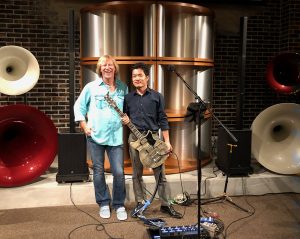
All I had to do was position the two towers, run the left and right outputs of the Helix to a channel on each of the two STAGEPAS 1K systems and turn up the volume. No EQ was needed, and it sounded great in every part of the venue. As expected, the volume was reduced when the audience filled the room, but I adjusted that after the first song using the volume control on Helix. That was literally all the setup required!
The Wrap-Up
Nothing prepares you to deal with the rigors of live sound better than performing on a regular basis. One gig is worth a hundred rehearsals.
Do your stage prep and dial in your sounds at home ahead of time. Set up your sound system in a variety of places to get a perspective on what the ambient space will do to your tone. Don’t be afraid to use EQ, if needed, and ask a respected friend their opinion on the balance and “listenability” of your sound. Above all, be critical with your tones and prepare to be your very best at all times.
Photograph courtesy of the author.
Check out Robbie’s other postings.
Click here for more information about the Yamaha STAGEPAS 1K mkII PA system.
Click here for more information about the Line 6 Helix guitar processor.
Click here for more information about Yamaha Revstar guitars.
Click here for more information about Yamaha A Series A5 acoustic guitars.











